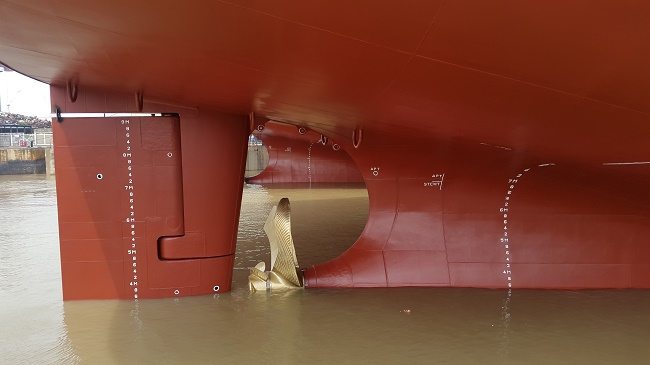

Dynamic positioning ship maintains a correct position and path with the help of its rudder and propeller unit which is controlled by an auto pilot unit. To achieve this, different inputs are feed to the control unit from motion sensor, position sensor, gyrocompass, wind sensor etc.
The most affected systems on DP vessels are rudder and propeller systems, together known as azimuth type system, are subjected to continuous loading and working conditions. Different forces and stresses acting on this unit may damage the system in the long run.
Kongsberg and Becker Marine Systems have launched a system to measure the forces acting on the rudder. The system also gives the flexibility to use conventional rudder propeller unit in place of azimuth unit on DP vessels.


What’s the need of such system?
As the Autopilot or AP of the ship takes input from different sensors, they are all subjected to inertia which results in over shooting or high rudder angle correction.
If such operation continues, unnecessary high forces will act on rudder and steering operation will increase, thus reducing efficiency due to hysteresis. This also increases power intake and hence fuel consumption which results in higher emission from ships.
If a measuring system is provided to measure forces on the rudder, the hysteresis can be eliminated or reduced, which will increase the efficiency of the system and life of the system.
What does the system do?
The sensors of the computer control unit senses resistance, rudder lift, rudder drag and forces on the rudder and feeds this data back to the unit.
The computer control unit Auto pilot, after calculation of received data, gives a better manoeuvrability and reduces forces on rudder.
Advantage of the system
References: kongsberg










We believe that knowledge is power, and we’re committed to empowering our readers with the information and resources they need to succeed in the merchant navy industry.
Whether you’re looking for advice on career planning, news and analysis, or just want to connect with other aspiring merchant navy applicants, The Marine Learners is the place to be.